Luna-25 was a Russian lunar lander mission that aimed to explore the south pole of the Moon, a region that has never been visited by any other spacecraft. The mission was launched on August 11, 2023, from the Vostochny Cosmodrome in eastern Russia, and reached the lunar orbit on August 16. It was supposed to make a soft landing on August 21, but something went wrong during the final phase of the descent, and the spacecraft crashed into the lunar surface.
What caused the crash? The official investigation is still ongoing, but some preliminary findings and expert opinions have suggested some possible factors that may have contributed to the failure. Here are some of them:
- A technical glitch in the navigation system or thrusters. According to Roscosmos, the Russian space agency, an “abnormal situation” occurred on board the spacecraft as it was preparing to enter its pre-landing orbit, which resulted in a deviation of the actual parameters of the impulse from the calculated ones. This caused the spacecraft to switch to an off-design orbit and collide with the Moon1. Some experts have speculated that this could have been due to a malfunction of the navigation system or thrusters, which are responsible for controlling the attitude and velocity of the spacecraft23. A similar problem occurred in 2019, when an Israeli lunar lander called Beresheet crashed on the Moon due to a failure of its main engine.
- A lack of testing and experience. Luna-25 was Russia’s first attempt to land on the Moon since 1976, when it sent its last probe, Luna-24, to collect soil samples. Since then, Russia has not conducted any lunar missions, while other countries such as China, India, Israel, and the United States have all attempted or achieved lunar landings. This means that Russia had to rely on outdated technology and knowledge, and did not have enough experience and testing to ensure a successful landing. Some experts have criticized Roscosmos for skipping an orbital mission before attempting a landing mission, which would have allowed them to test their systems and instruments in lunar conditions.
- A challenging landing site. Luna-25 was aiming to land on a region near the south pole of the Moon, which is considered to be one of the most difficult and interesting places to explore. The south pole has extreme temperatures, rugged terrain, and long periods of darkness and sunlight. It also has permanently shadowed craters that may contain water ice and other valuable resources. However, these factors also pose challenges for landing and operating a spacecraft. For example, the spacecraft has to deal with communication delays and interruptions due to the Earth’s rotation and interference from other satellites. It also has to adjust its trajectory and orientation to avoid obstacles and find a suitable landing spot.
These are some of the possible reasons why Luna-25 crashed on the Moon. However, they are not conclusive or definitive, and more information and analysis are needed to determine the exact cause of the failure. Roscosmos has said that it will form a special commission to investigate the incident and clarify the reasons for the loss of the mission. The agency has also expressed its condolences to the families and colleagues of the mission’s team members.
Despite the crash of Luna-25, Russia has not given up on its lunar ambitions. The country plans to launch two more lunar missions in the next few years: Luna-26, an orbiter that will map the Moon’s surface and subsurface, and Luna-27, a lander that will drill into the soil and collect samples. Both missions are expected to target the south pole region as well. Russia also hopes to collaborate with other nations on various space projects, such as the International Space Station (ISS) and the Lunar Gateway, a planned outpost in orbit around the Moon.

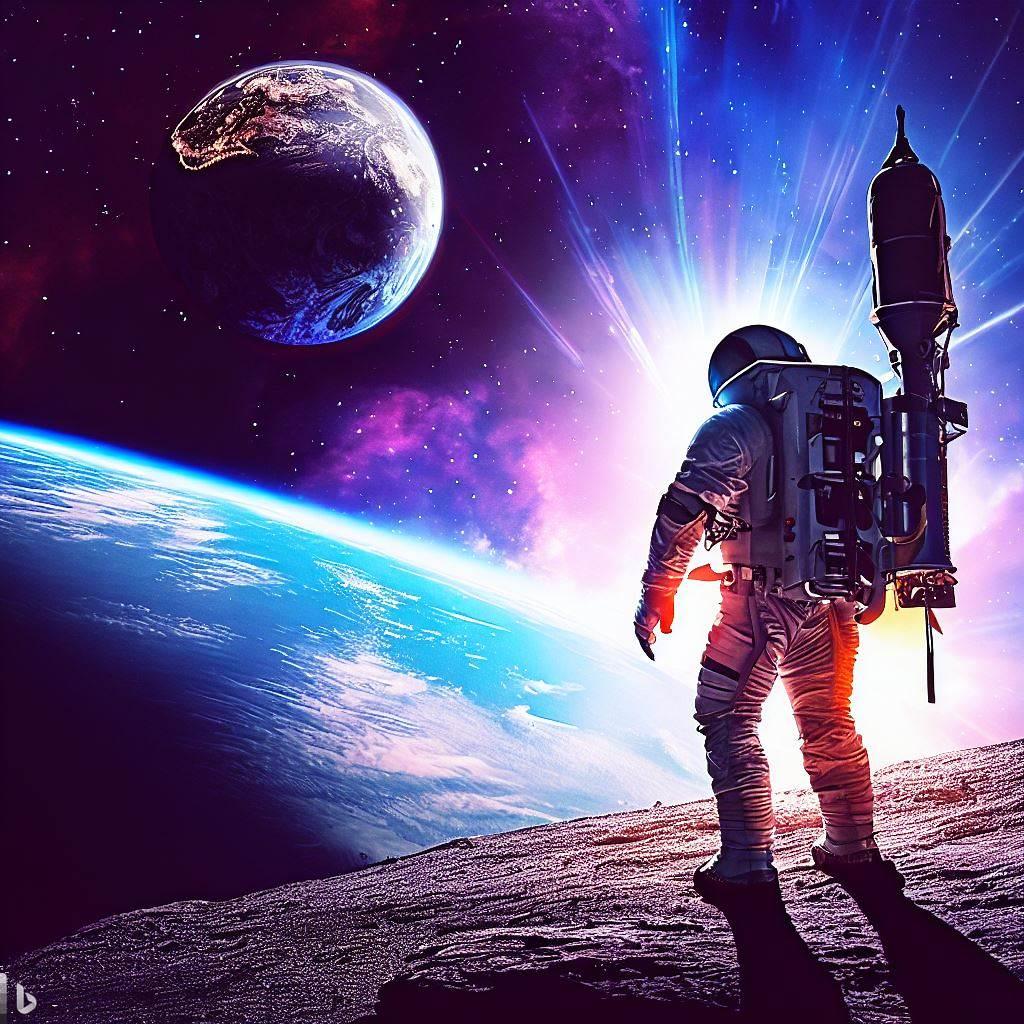
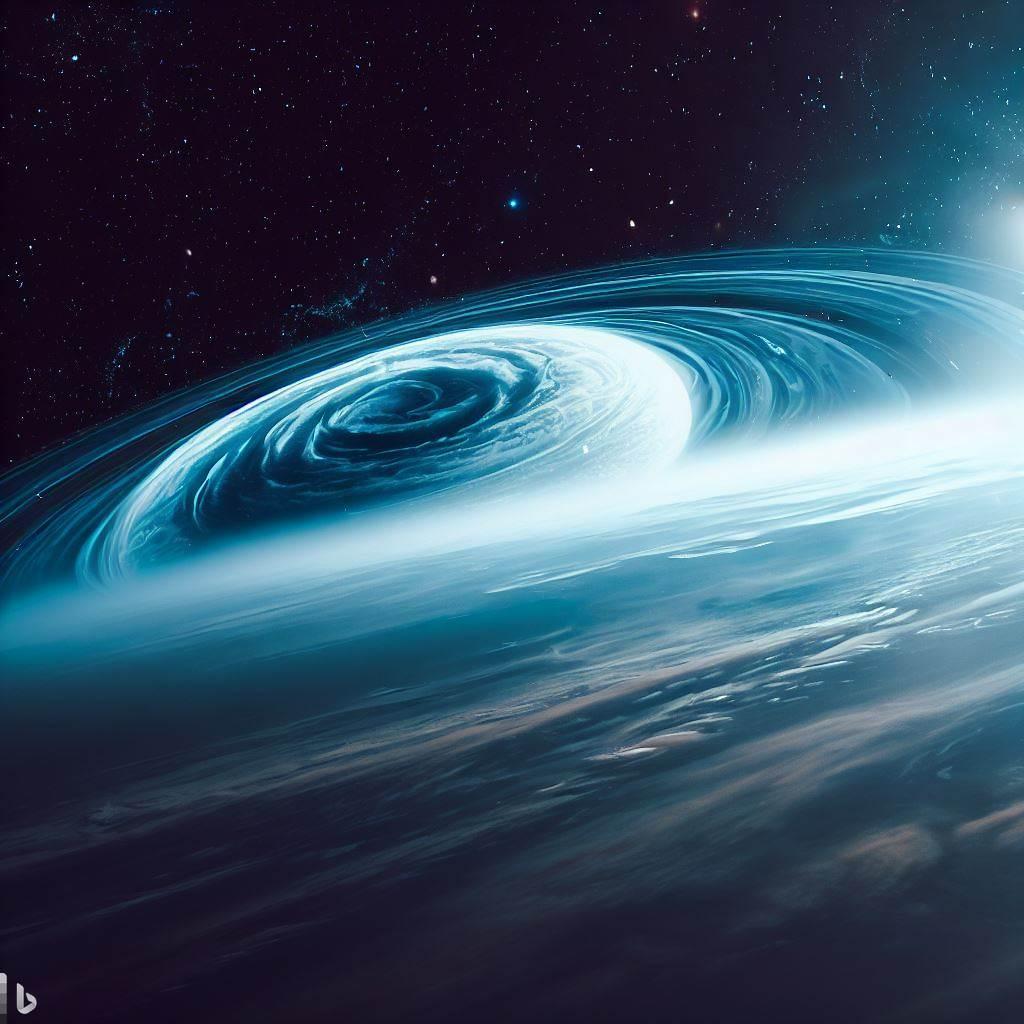
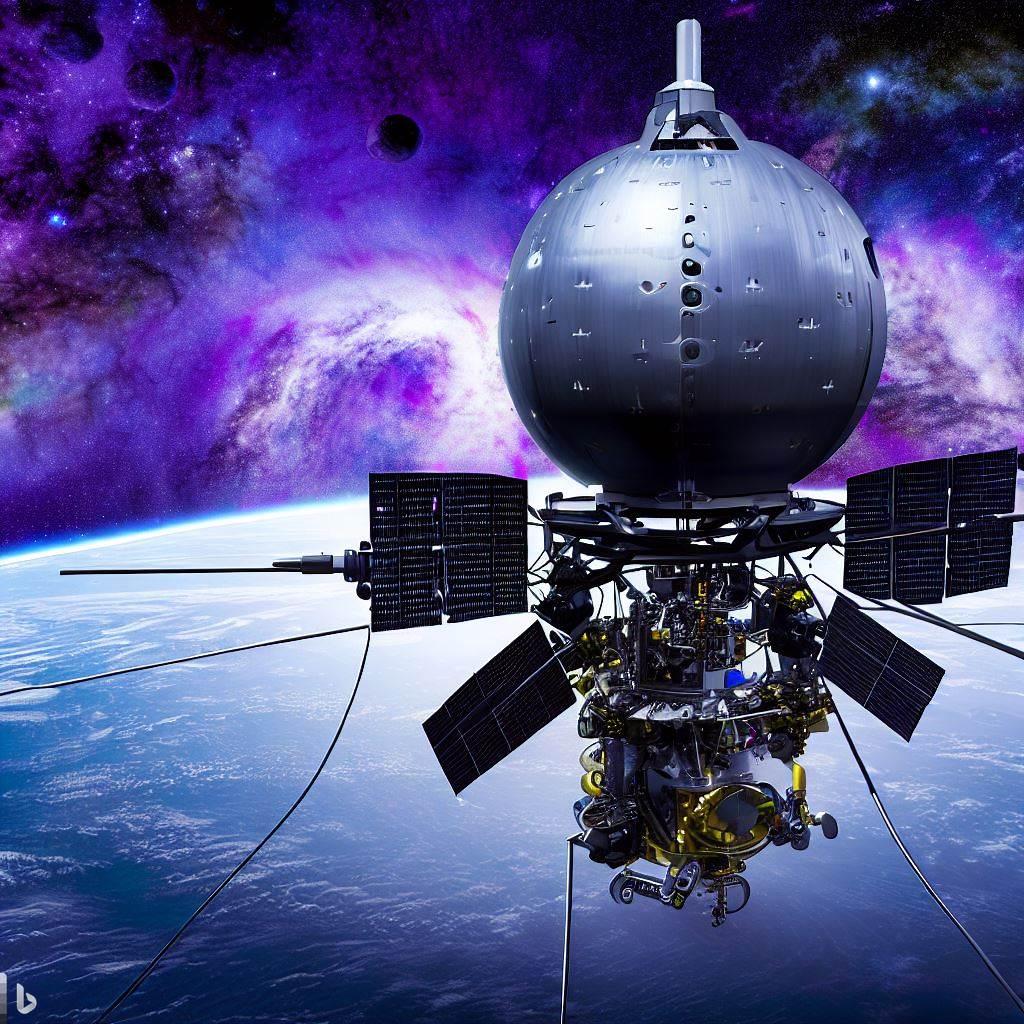

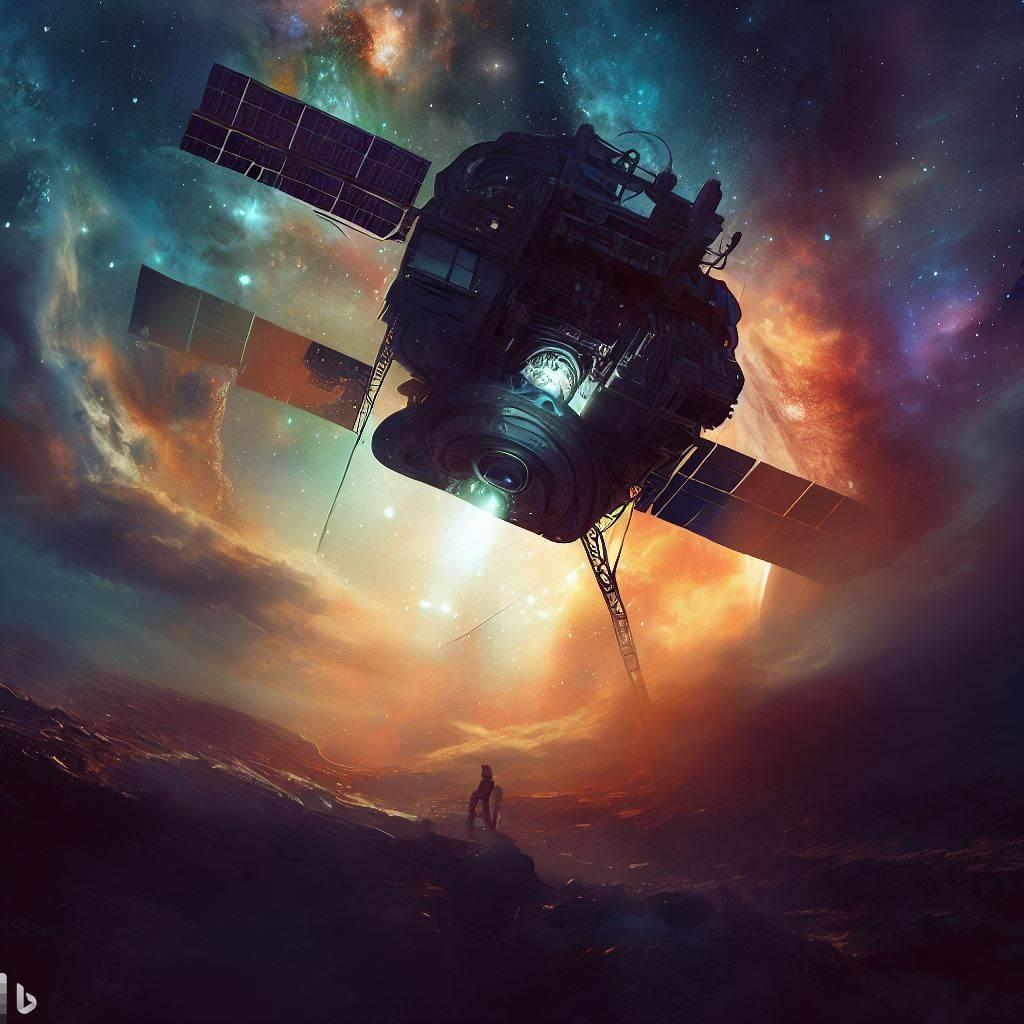
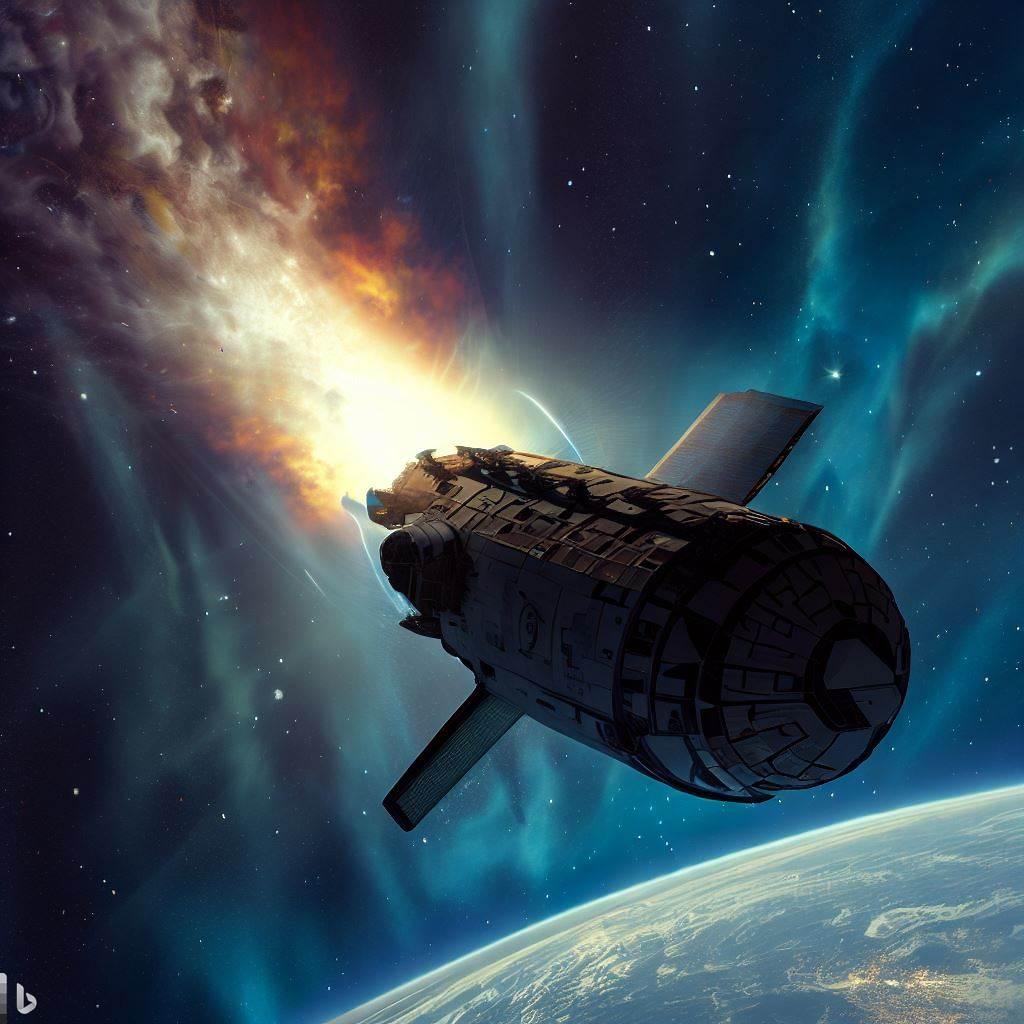


Add a Comment: